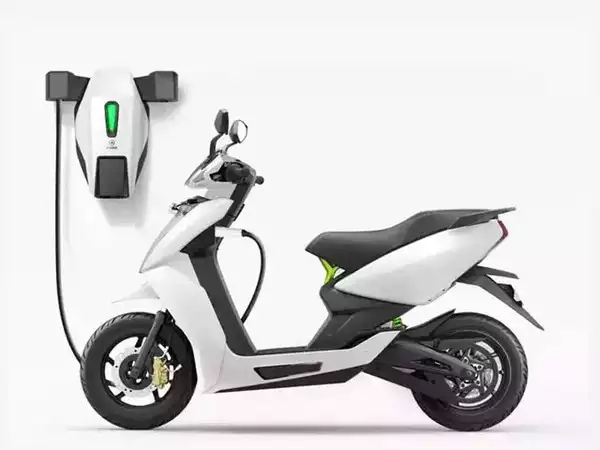"Indian Government Plans Subsidy Reduction for Electric Two-Wheelers to Boost Vehicle Proliferation and Support More Buyers"

According to a report by the Economic Times, Indian officials are planning to reduce the subsidies for electric two-wheelers from 40% to 15%. The Ministry of Heavy Industries has sent a recommendation to a high-level inter-ministerial panel that will make the final decision.
The government intends to increase the proliferation of two-wheeler vehicles and support a greater number of vehicles with the available funds. Additionally, part of the unused subsidy allocation for three-wheelers will be reallocated for two-wheelers.
If the proposal is approved, it may result in an increase in the per-unit cost for consumers, but a larger number of buyers would benefit from the subsidy reduction.
This decision falls under the Faster Adoption and Manufacturing of Electric Vehicles in India (FAME India) scheme, which is a ?10,000 crore incentive program launched by the government to provide financial support to electric vehicle manufacturers.
A senior government official stated that the total fund allocation for electric two-wheelers under Phase II of FAME India will be increased to ?3,500 crore using the unspent ?1,000 crore allocated for electric three-wheelers.
The official explained, “This will be possible by increasing the allocation and lowering the per-unit subsidy.” The recommendations will be sent to the Programme Implementation & Sanctioning Committee (PISC) of FAME India, which will make the final decision.
The official further mentioned that if the current subsidy levels are maintained, the allocation for electric two-wheelers would be exhausted in the next two months, despite raising the earmarked amount.
The industry reportedly supports the idea of reducing subsidies if it means extended availability of funds. The official added that with the lower percentage of subsidy, they estimate that FAME India can support 1 million electric two-wheelers until February 2024. Officials do not anticipate this move to impact the demand for vehicles.
